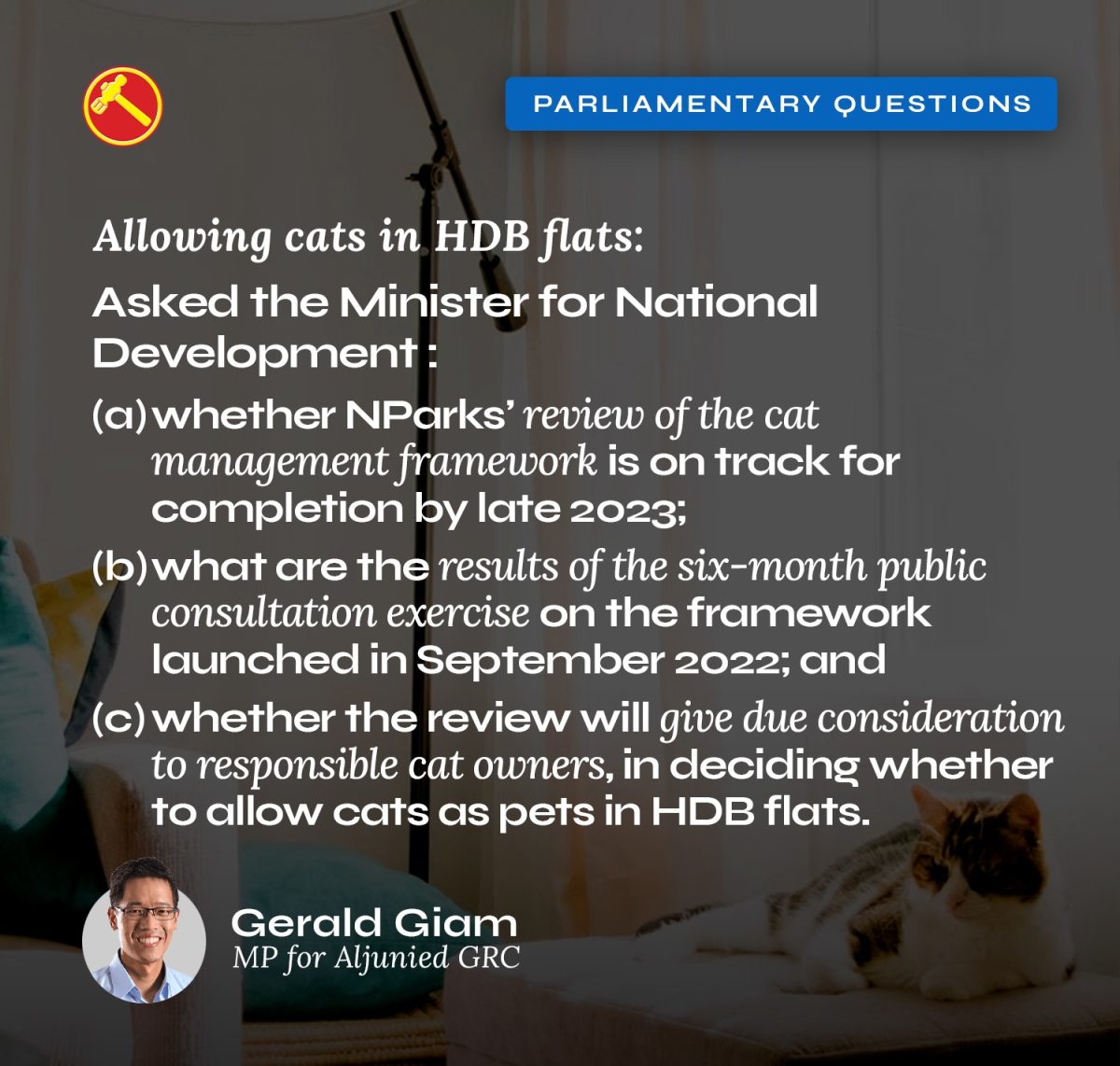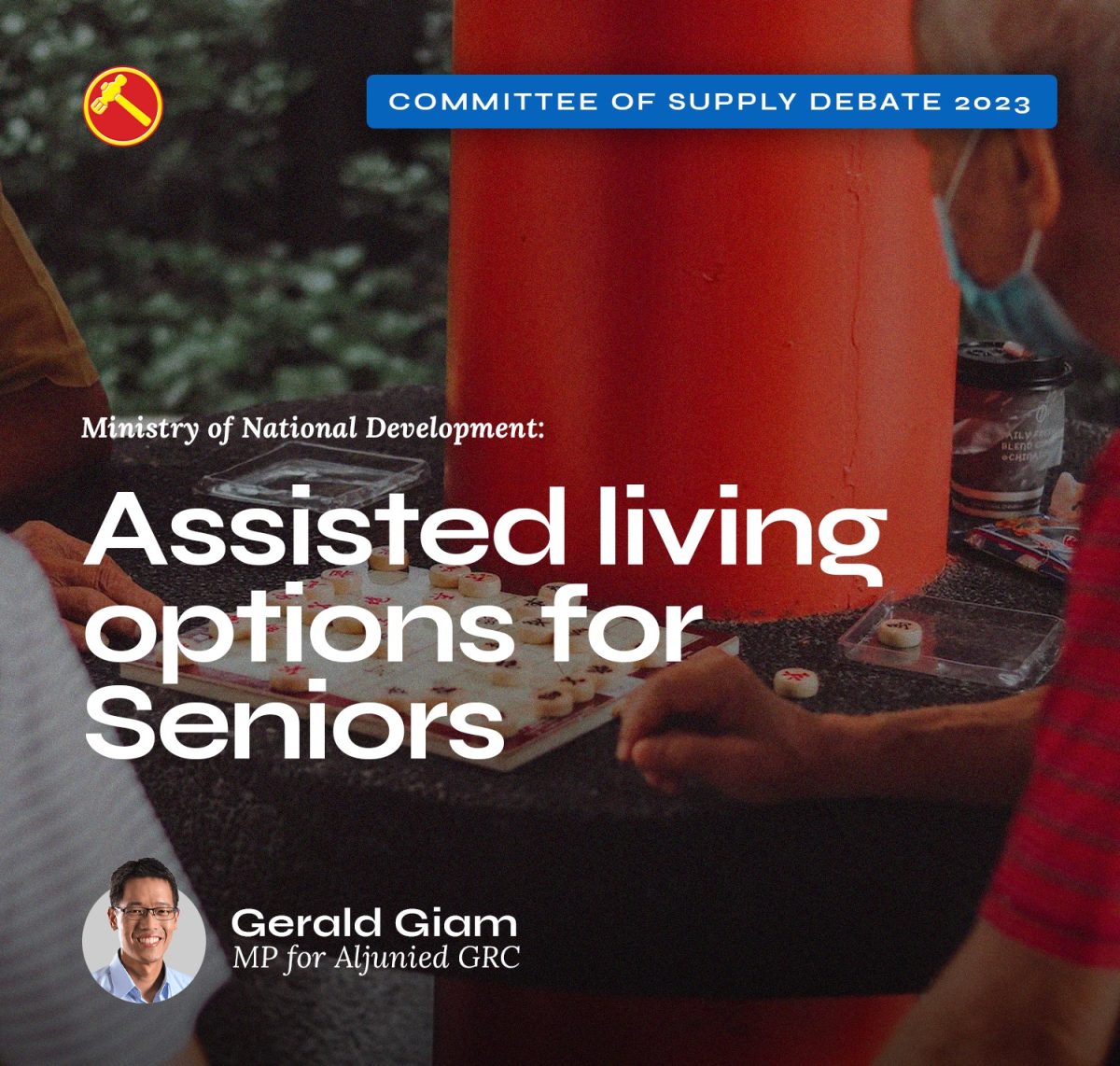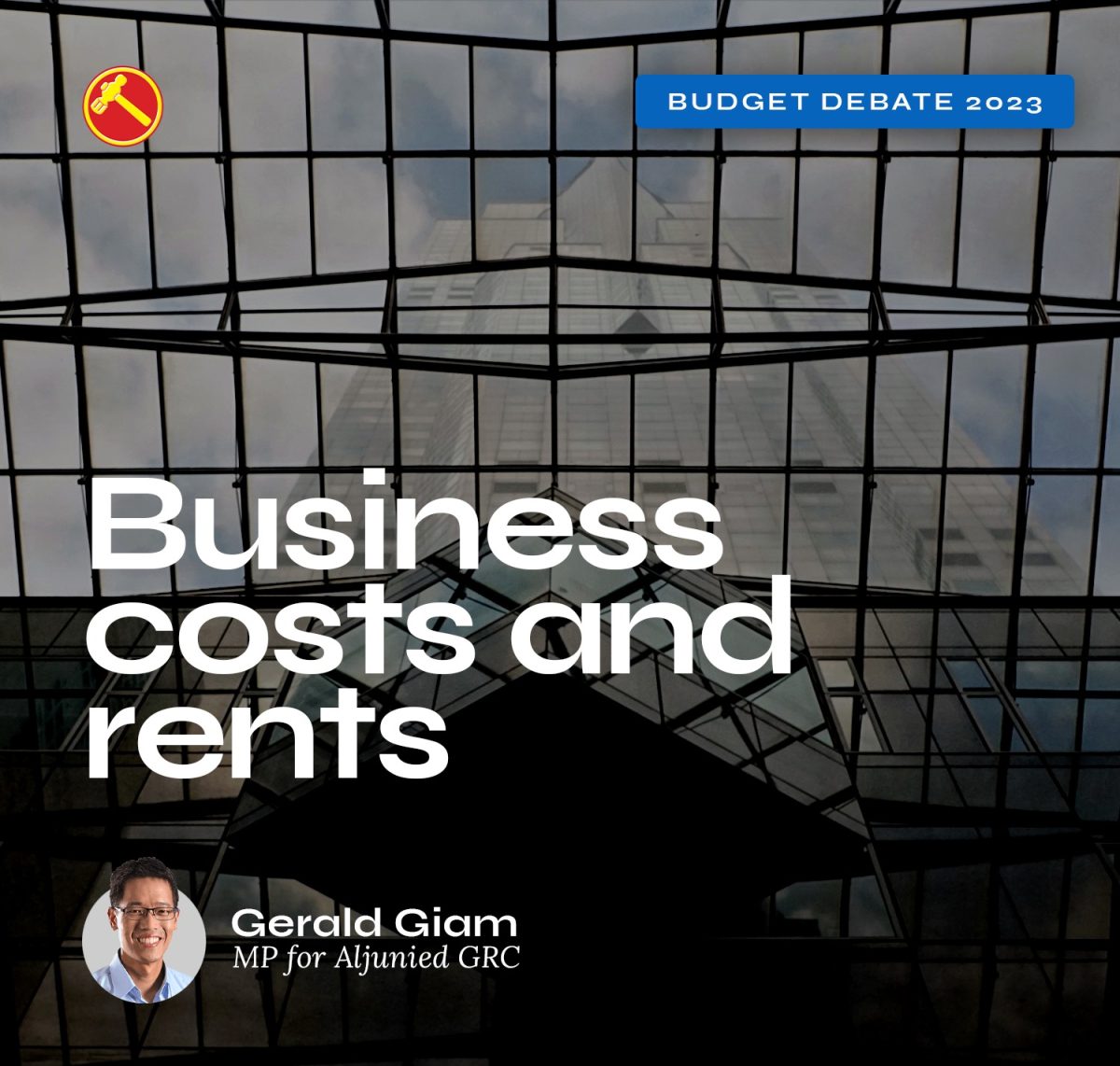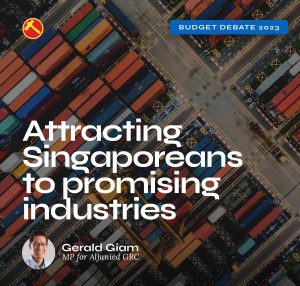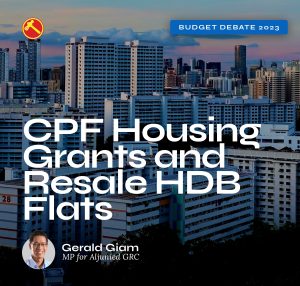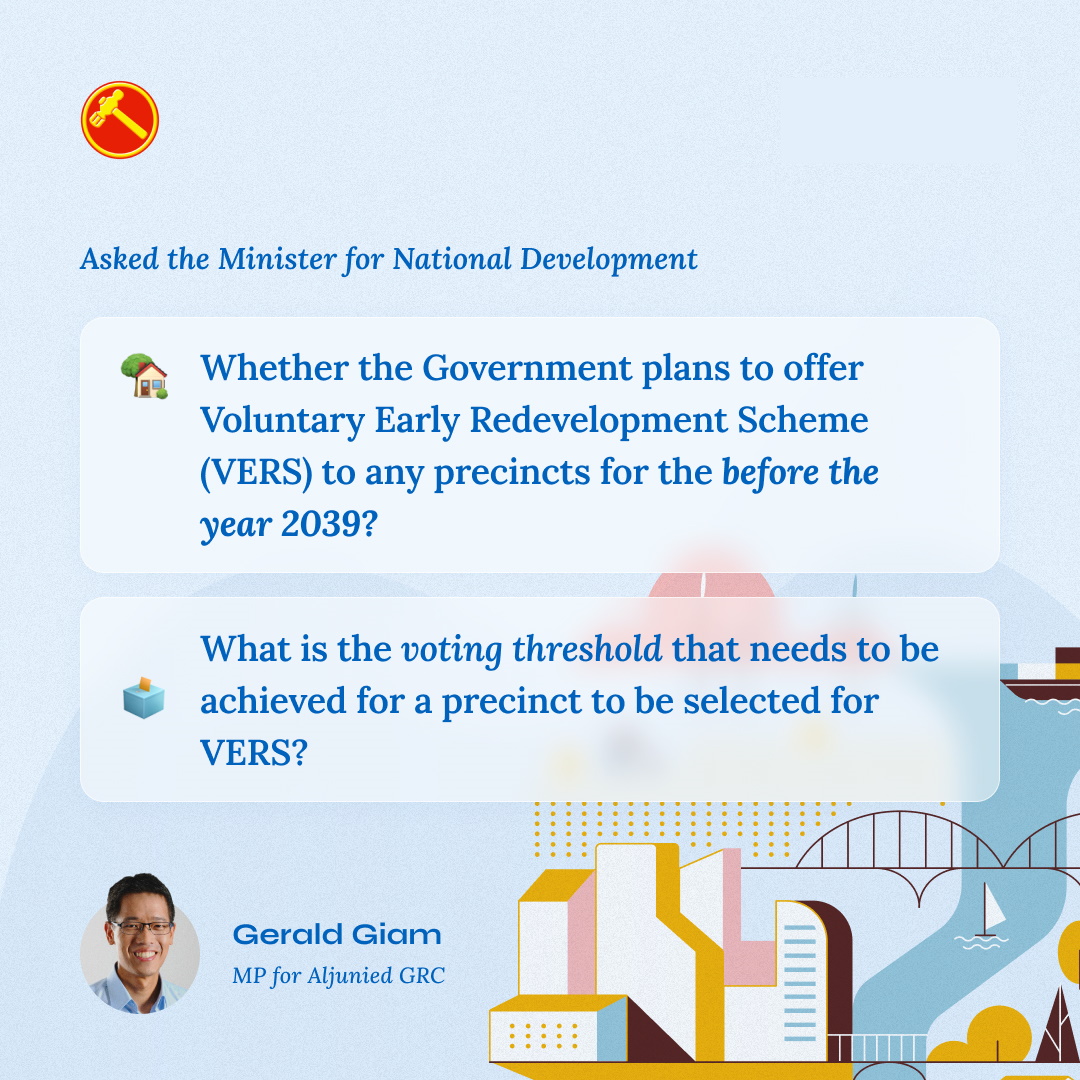A public housing flat should be an affordable home for our families to live and grow up in.
The original mission behind the Housing and Development Board (HDB), when it was set up in 1960, was to alleviate the severe housing shortage at that time by building affordable homes for the population. However in 1989, public housing flats took on another role as an appreciating asset for their lessees, when the Government announced several major policy changes with regard to HDB resale flats.
First, the income ceiling for the purchase of resale flats was removed. This allowed people to buy HDB flats, even if they were higher income earners.
Second, permanent residents were allowed to buy HDB resale flats. This supported the Government’s liberalisation of immigration policies to attract more middle- and higher-income foreigners to come to work in Singapore. And third, HDB flat owners were allowed to purchase private property for investment purposes.
These measures added liquidity to the public housing market which pushed up prices.
The Government also introduced various upgrading programmes for HDB flats and estates. In addition to improving the living environment of HDB flat dwellers, this also bolstered the view that HDB flats are an appreciating asset.
Flat upgrading was pitched to voters by the PAP during the 1997 General Elections as a benefit they would enjoy priority for if their precincts voted for PAP candidates. Voters were told that after upgrading, their flat would increase in value. Conversely, precincts that voted for the opposition risked being placed further back in the upgrading queue.
Soon after the 1997 GE, then-PM Goh Chok Tong assessed that linking the upgrading programme to electoral support was the “single most important factor” in the vote swing to the PAP and that it was “decisive in tipping floating voters” in the PAP’s favour.
The PAP’s “votes-for-upgrading” election strategy continued into the 2006 election, when PAP candidates promised $180 million of upgrading projects for Hougang and Potong Pasir if voters tossed out the opposition there and voted in the PAP. Hougang and Potong Pasir voters did not bite the carrot offered.
However by 2015, opposition held wards like Hougang eventually started getting their lifts and flats upgraded. The scheme lost its effectiveness as a political tool. In fact, in my conversations with many residents in Hougang, it was this perceived unfairness that prompted them to vote against the PAP.
It is natural for people to not just desire a home to live in, but to also own an asset which grows in value. Many people think that their salaries alone will not make them rich. Properties, including HDB flats, are seen as very attractive assets to grow one’s wealth.
For the first two decades of the Government’s asset enhancement policy, the property asset-driven mindset worked like a charm. HDB resale flat prices increased 382% in value from 1990 to 2010. Many HDB lessees saw eye-watering increases in their property wealth.
However, this pathway to wealth requires ever increasing property prices to sustain it. Every property bought would need to be sold for significantly more than the purchase price. Yet, perpetual property price increases are neither sustainable nor in the public interest.
There are currently about 70,000 flats that are more than 40 years old, with remaining leases of 59 years or less. These flats will tend to decline in value after their 50 or 60 year old mark, as illustrated by Assoc Prof Jamus Lim yesterday.
Those who bought HDB flats in the 1980s and 1990s may be glad to see that their properties have increased in value. However, to unlock the value of these assets, they will need to sell and downgrade their properties before their leases start to decay.
Those with adult children would realise that the situation is much more precarious for their offspring. Many parents of young adults nowadays worry that their children may not be able to realise the same dream they themselves achieved to own a home of their own. Those who are better off have gone ahead and bought properties for their children to move in when they get married. Others have migrated to Australia, New Zealand and Canada where they are able to buy landed property for the price of an HDB flat. But where does it leave the rest of the Singaporeans who don’t have wealthy parents and want to remain in this country to build their homes, careers and families?
While many who graduated in the 1970s were able to afford a landed home after a few years of work, private property is now out of the question for most younger graduates. Even resale flats are out of reach for many of them, leaving BTO (Built-to-order) flats the only remaining option.
Moderating the price of resale flats
My honourable friends Louis Chua, Leon Perera and Jamus Lim have tabled proposals on making the price of BTO flats more affordable. In the remainder of my speech, I will focus on moderating the price of resale flats.
Many young couples buying their first flat prefer to live near their parents. This provides them the familiar surroundings that they grew up in and the companionship they can offer to their parents and vice-versa. Their parents are also able to help them care for their children when they are at work. Many homebuyers also prefer living in mature estates where amenities and transport links to the city are better developed. Only resale flats can meet many of these requirements.
This is also why BTO flats in mature estates are so popular. Many of my residents have approached me to ask me to help them appeal to HDB for priority to get a BTO or Sale of Balance flat in a mature estate, after trying multiple times to secure one in balloting exercises and failing. When I suggest buying a resale flat and using government grants to help with the down payment, my suggestion is often met with great scepticism because resale flat prices feel so far out of reach for them.
The median house price-to-income ratio (HPI) after grants of first-timer families who bought a resale HDB flat in the last five years was between 4.6 and 5.0. This ratio is the resale flat price divided by the household income of the buyers. According to the International Housing Affordability Ratings by Demographia, such a median multiple would be rated as “seriously unaffordable”. The median multiple would need to be 3.0 and under to be considered “affordable”.
This has pushed many of my residents to either rent at high open market rates or compete with other homebuyers to ballot for BTO flats.
We need to moderate the growth in resale flat prices. Our goal must be to moderate the growth, not make the prices collapse, because the latter would negatively affect many existing flat lessees who are depending on their flats as a source of future retirement income.
There are two ways to moderate resale flat price growth without imposing price caps by government fiat. These are: To reduce demand or increase the supply of resale flats.
The Government has already introduced the 15-month waiting-out period for private property downgraders to reduce demand. I will focus on measures to increase the supply of HDB resale flats.
Right-sizing for empty nesters
There is a potentially large stock of HDB resale flats that can be put on the market. Many seniors live in flats that are larger than what they require after their children have gotten married and moved out. It becomes difficult for them to clean and maintain such a large flat on their own.
As at 2021, there were 71,000 flats, 3-room or larger, which were owned by married persons over the age of 65, whose children had moved out. These flats could potentially be sold on the resale market if their owners are prepared to move into new 2-room flexi flats on short term leases. Many of these 2-room flats come with elderly-friendly fittings and nearby amenities, which seniors find quite attractive.
However, not all elderly applicants for 2-room flexi flats are successful. The application rates of BTO 2-room flexi flats allocated to elderly households, as at September 2022, ranged from 2.0 to 4.6 times in non-mature estates, to 9.9 times in mature estates.
If a larger proportion of the 71,000 senior households decided to sell their flats and buy 2-room flexi flats, the demand will far outstrip supply. By 2030, 25% of our population will be over 65. The number in need of right-sized flats will only grow as the years go on.
The Government needs to provide more help to seniors who wish to right-size their flats by building more 2-room flexi flats. Doing so will have the twin benefit of increasing the supply of resale flats for new homebuyers and moderating their prices.
Concurrent ownership of HDB flats and private property
Another area that the Government should look into to increase the supply of resale flats is to prospectively restrict the concurrent ownership of HDB and private property.
Currently, private property owners who want to buy an HDB flat are required to dispose of their property before buying an HDB flat. The Government has stated that this is to prioritise our limited supply of public housing for residents who do not own other properties.
However the reverse is not true: HDB flat owners are allowed to buy private residential property without selling their HDB flat. They can do so if they meet the Minimum Occupation Period and pay the Additional Buyer’s Stamp Duty (ABSD) of at least 17% on the purchase of their second and subsequent residential property. The Government has stated that this is allowed because HDB recognises that the financial position of HDB flat owners may improve over time and some may aspire to own private residential property.
While I acknowledge that this is a valid aspiration of many higher income Singaporeans, realising this aspiration cannot come at the expense of less well-off Singaporeans who are only looking for a roof over their heads.
As at October 2022, about 3% of HDB flat owners owned at least one private property. This translates to about 32,600 units. Of these, 45% are not living in their flats. So there are about 15,000 HDB units which are not occupied by their owners, who live in another private property that they own. This represents a not-insignificant number of HDB flats that could potentially add to the resale flat supply and moderate the price of resale flats. I do acknowledge that many of these flats are rented out, adding to the supply of open market rental flats.
Has the Government given further consideration to the possibility of future buyers of private property being required to sell their HDB flats? When I asked the Minister for National Development about this in November last year, he said that the Government has been “gathering views from Singaporeans as part of Forward Singapore, and will study these as well as other views and ideas carefully.”
For those who already concurrently own both a private property and an HDB flat, the Government could incentivise them to sell their HDB flat by rebating the ABSD they paid at the time they purchased their private property, if they choose to sell their HDB flat. This would encourage private property owners to free up their HDB flat for others who cannot afford to buy private property.
This policy should be prospective, so it will not compel current HDB and private property owners to dispose of any property. It will only affect those that currently own an HDB flat and decide to purchase private property after the policy takes effect.
If this policy is implemented prospectively, it will not immediately add to the supply of resale flats. However, in the medium to long term, it will better promote the owner-occupation intent of public housing and better ensure an adequate supply of affordable resale flats.
Conclusion
Mr Speaker, housing is a basic human need. Singapore’s public housing policies were a great success in the first few decades after our independence. But the Government got distracted along the way when it started pairing the objective of affordable housing with that of asset enhancement. As a result, public housing has become unaffordable by international measures. The longer we allow these two objectives to be conflated, the more unaffordable housing will become for future generations. It is time that we stopped kicking the can down the road and focus on HDB’s original mission of providing quality and affordable housing for all Singaporeans, especially the lower and middle income earners.
This is my speech in Parliament during the debate on public housing policies on 7 February 2023.

